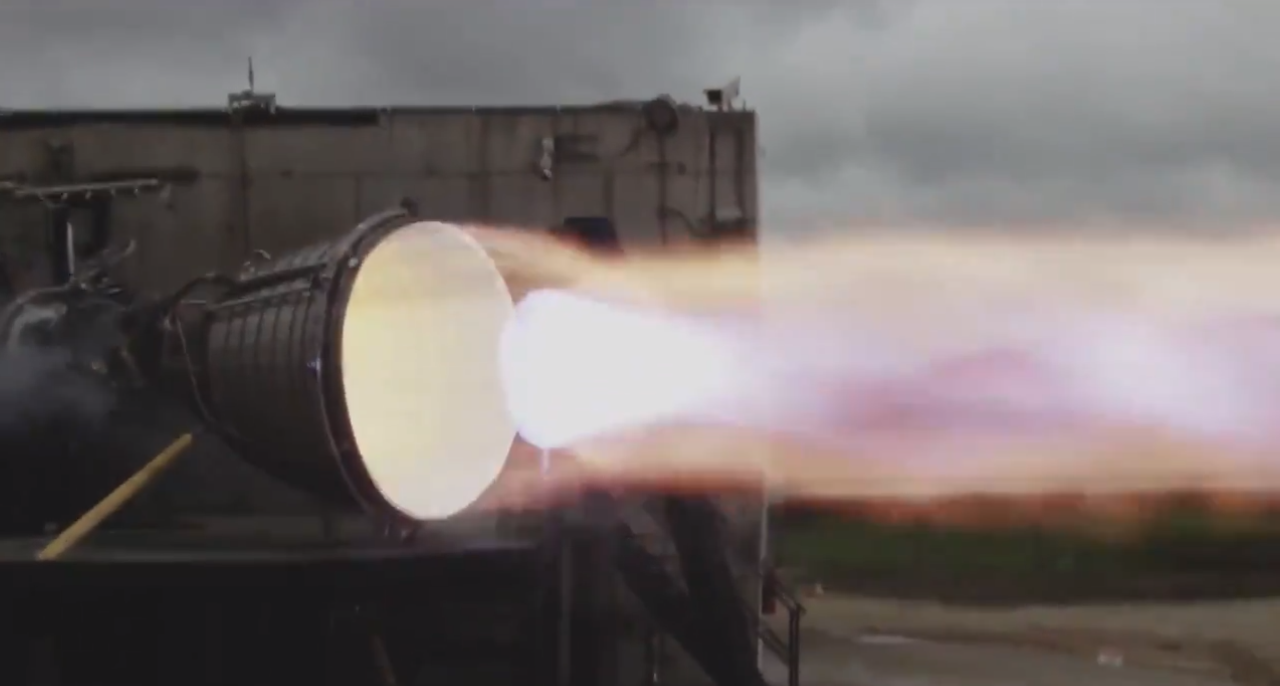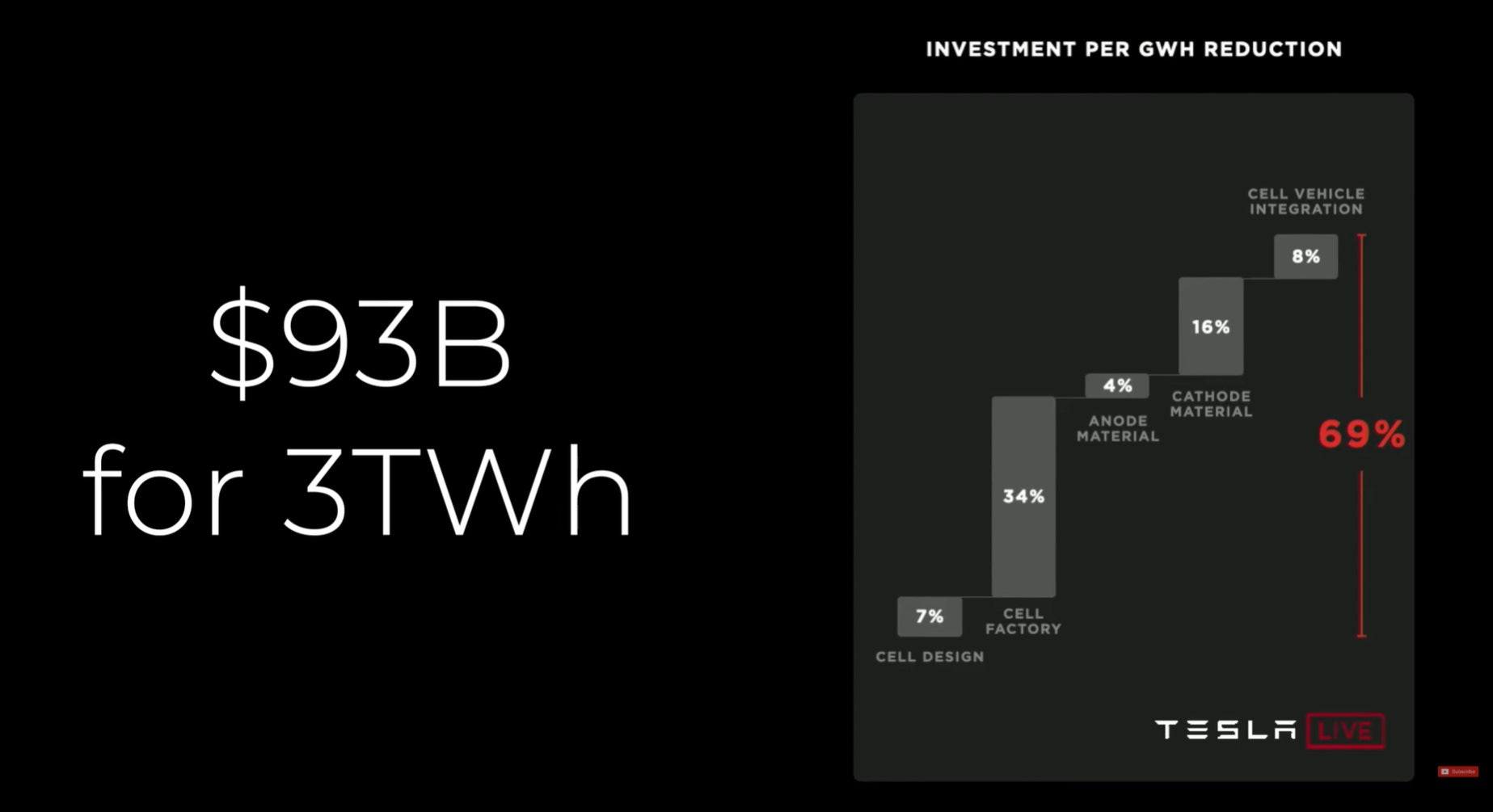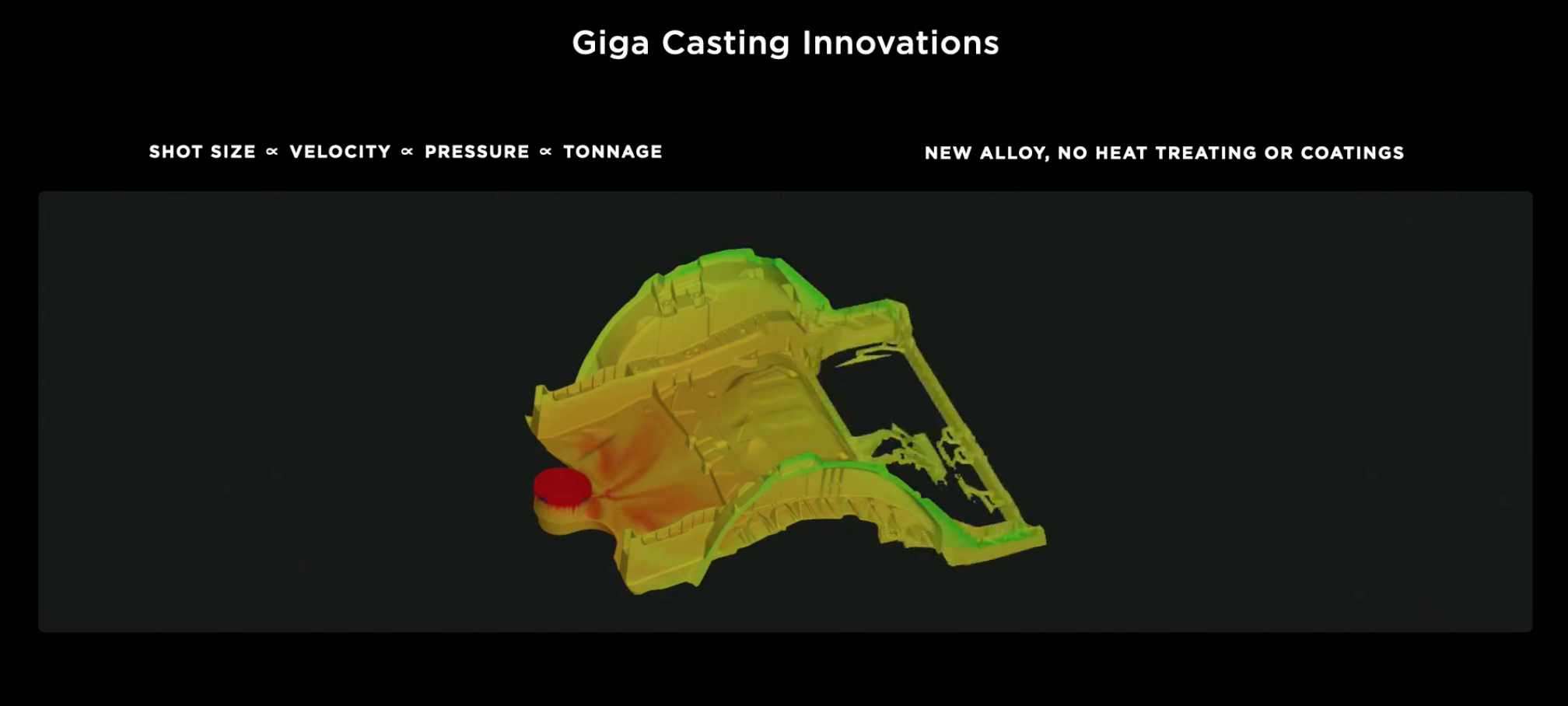Featured Image Source: SpaceX
SpaceX is working towards enabling humans to become a multiplanet species. The aerospace company envisions developing a fleet of Starships that would transport all the equipment necessary to create a self-sustaining colony on Mars before the year 2050. Each Starship would be capable of carrying one hundred passengers or over 100 tons of cargo.
Starship is powered by SpaceX’s next-generation Raptor engines, fueled by cryogenic methane and liquid oxygen which is a unique fuel combination in the aerospace industry. An orbital-class Starship spacecraft will be equipped with six powerful Raptor engines. Each is capable of producing over 200 tons (2MN meganewtons) of thrust at full throttle. Three of Starship’s Raptors will be sea-level engines for atmospheric flight, and three vacuum-optimized Raptors (RVac) for propulsion in space.

Source: SpaceX
Vacuum-optimized engines are more complex and different than sea-level engines; they're specifically designed to have a higher performance in the vacuum of space. A visible difference between the two engines is that the bell nozzle is larger in the Raptor vacuum engine. The company shared a photograph showcasing the gigantic Raptor vacuum engine’s size compared to a sea-level Raptor, pictured below.
SpaceX ignited Starship's powerful vacuum optimized Raptor engine during a static-fire test this week. –“Completed a full duration test fire of the Raptor Vacuum engine at SpaceX’s rocket development facility in McGregor, Texas,” the company captioned a video showcasing the engine’s immense power, video below.
RVac and sea level Raptor with a human for scale pic.twitter.com/xqiPQUY4Pl
— SpaceX (@SpaceX) September 25, 2020
The founder of SpaceX Chief Engineer Elon Musk stated – “Worth noting that thrust is only slightly higher with the big bell nozzle version. Larger bell is primarily for efficiency in vacuum. Aiming for 380+ sec Isp for RVac long-term. Initially likely to be ~372,” he explained via Twitter.
Starship's Raptor engines were specially developed to be refueled on Mars' surface. Carbon dioxide could be extracted from the planet's atmosphere and ice water can be found under the soil to create methane and liquid oxygen through electrolysis and the Sabatier process. Building a propellant plant to fuel Starships’ return to Earth will be one of the most important tasks future Martians will work in to create a spacefaring civilization.
SpaceX is in the early phase of developing the ambitious spacecraft that could drastically change the course of humanity’s future one day. The company is currently manufacturing multiple stainless-steel prototypes of Starship that will each undergo a series of tests at the South Texas facility located in Brownsville’s Boca Chica beach.
This year, two Starship prototypes conducted a low altitude test flight with a single Raptor engine. The next prototype in line, known as Starship SN8, will be the first one to conduct a high-altitude test flight of around 60,000 feet powered by a trio of Raptors. Musk said SpaceX aims to conduct the first orbital Starship test flight in 2021, and the first uncrewed cargo mission to Mars until 2022.









